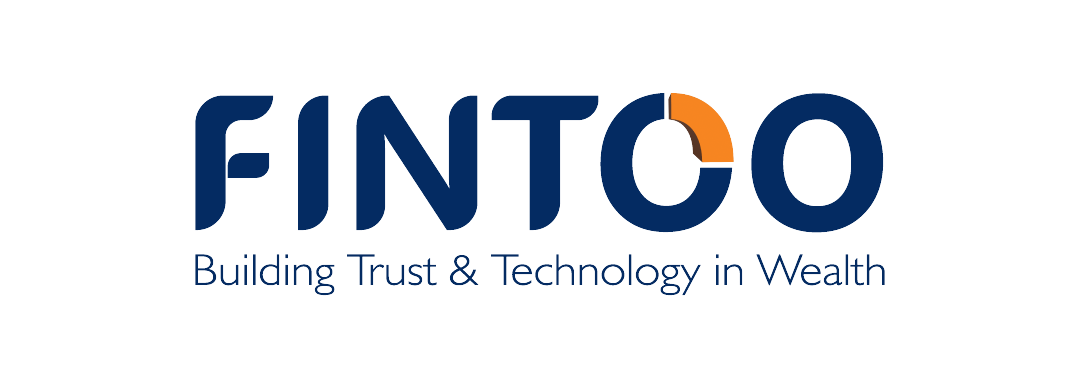

Health insurance offers financial security in times of medical emergencies, but understanding how to claim it can sometimes feel overwhelming. Whether you’re opting for a cashless claim or reimbursement, knowing the right process ensures a smooth experience. This guide will walk you through everything you need to know about health insurance claims.
Understanding the Health Insurance Claim Process
A health insurance claim is the formal request made by a policyholder to their insurer for medical expense coverage. The process depends on whether you choose a cashless claim or reimbursement.
Cashless Claim Process in Health Insurance
A cashless claim allows policyholders to receive treatment without paying upfront at a network hospital. The insurer directly settles the bill with the hospital. Here’s how it works:
- Choose a Network Hospital: Check if the hospital is part of your insurer’s network.
- Inform the Insurer: Notify your insurer or Third-Party Administrator (TPA) about the hospitalization, preferably in advance for planned treatments.
- Submit Pre-Authorization Form: The hospital’s insurance desk will help you fill out and submit the pre-authorization form.
- Approval & Treatment: Once the insurer approves the request, you can proceed with treatment.
- Claim Settlement: The insurer settles the bill directly with the hospital, and you only need to cover expenses beyond your policy’s coverage.
Reimbursement Claim Process in Health Insurance
If you receive treatment at a non-network hospital, you need to pay the bills first and then apply for reimbursement. The steps include:
- Pay the Medical Bills: Settle the hospital and treatment costs on your own.
- Collect All Documents: Ensure you have original invoices, prescriptions, discharge summaries, and test reports.
- Fill Out the Claim Form: Obtain and complete the claim form from your insurer.
- Submit Documents to the Insurer: Send the claim form along with supporting documents within the insurer’s specified timeline.
- Claim Review & Approval: The insurer will verify the details, and once approved, the reimbursement will be credited to your account.
Types of Hospitalization Covered in Health Insurance
Health insurance policies typically cover the following hospitalization types:
- Planned Hospitalization: Medical procedures that are scheduled in advance, such as surgeries.
- Emergency Hospitalization: Immediate medical attention required for conditions like heart attacks or accidents.
- Daycare Procedures: Surgeries or treatments that do not require 24-hour hospitalization, such as cataract surgery.
- Domiciliary Treatment: Home-based treatments if hospitalization isn’t feasible due to medical conditions.
Things to Consider While Applying for Health Insurance
Selecting the right health insurance policy ensures hassle-free claims. Keep these factors in mind:
- Coverage & Exclusions: Understand what is included and excluded under your policy.
- Network Hospitals: A wider network ensures easier access to cashless treatment.
- Claim Settlement Ratio: A high ratio indicates the insurer’s efficiency in settling claims.
- Waiting Periods: Check the waiting period for pre-existing diseases and maternity benefits.
- Co-payment Clause: Some policies require you to pay a percentage of the bill.
How to Claim Health Insurance in a Hospital: Step-by-Step Guide for Cashless Claims
- Inform the insurer about the hospitalization.
- Submit the pre-authorization form at the hospital.
- The insurer processes the request and approves eligible expenses.
- Receive treatment without paying upfront.
- Settle any non-covered expenses separately.
How to Claim Medical Insurance: Step-by-Step Guide for Reimbursement Claims
- Pay medical bills at a non-network hospital.
- Gather all necessary documents, including invoices and reports.
- Complete the insurer’s claim form.
- Submit the claim to the insurer within the specified timeframe.
- Await verification and approval for reimbursement.
Documents Required for a Health Insurance Claim
Here are the documents needed for filing health insurance under your chosen health insurance policy. The mentioned list is an indicative list of required documents, and we reserve the right to call for additional documents or raise further requirements.
| Document | Required For |
| Filled-out claim form | All claims |
| Hospital bills & payment receipts | Reimbursement claims |
| Discharge summary | All claims |
| Doctor’s prescriptions | All claims |
| Investigation reports | All claims |
| ID proof (Aadhar, PAN, etc.) | Cashless & reimbursement claims |
| NEFT details for reimbursement | Reimbursement claims |
| FIR/MLC (for accidents) | If applicable |
Documents Needed for Cashless Treatments
One significant advantage of cashless treatment is that there is no hassle of submitting relevant documents to the health insurance company. The documents needed for cashless treatment vary from one lender to another.
Listed below are the documents mandatory to submit to avail the benefits of health insurance:
- Valid ID proof and a passport-size photograph
- Claim pre-authorisation form
- Documents that include driving license, Aadhar card, Voter ID and PAN Card
Tips to Avoid Health Insurance Claim Rejections
- Read the terms and conditions of the policy – Many claims get rejected simply because policyholders aren’t aware of what’s covered and what’s not. Policy documents are often filled with jargon, so take your time to go through them. Most insurers offer a 15-day free look-in period, allowing you to review and even cancel the policy if it doesn’t meet your expectations.
- Have the insurance form filled by the policyholder – Don’t rely on an agent to fill in the details. Errors in personal information can lead to claim rejection. Always double-check the information before submitting the form.
- Disclose information accurately to the insurer – Claims often get rejected because policyholders withhold crucial details, such as pre-existing conditions, medical history, or lifestyle habits. Your policy is based on the details you provide—misrepresenting facts can lead to claim denials.
- Only avail of relevant medical treatment – Some hospitals may recommend unnecessary procedures, assuming the insurer will cover them. If a procedure isn’t aligned with your medical condition, your claim might be denied. Always ensure the treatment is medically justified.
- Consider factors beyond the basic claim – A lower premium may seem attractive, but basic policies may not cover everything you need. Check if your plan includes critical illness cover, maternity benefits, or loss of earnings due to hospitalization. Adding riders can provide comprehensive protection.
- Stick to network hospitals provided in the policy – Using non-network hospitals for cashless claims can lead to rejection. Always verify the hospital list before seeking treatment to ensure seamless claim processing.
Final Thoughts
A well-informed approach to health insurance claims saves time, money, and stress during medical emergencies. Whether opting for a cashless or reimbursement claim, following the correct procedures and keeping documents in order can make the process seamless.
Choose a reliable insurer, stay aware of your policy’s terms, and ensure hassle-free medical coverage when needed.
Also read: Joint term insurance plan: everything you need to know
Disclaimer: The views shared in blogs are based on personal opinions and do not endorse the company’s views. Investment is a subject matter of solicitation and one should consult a Financial Adviser before making any investment using the app. Investing using the app is the sole decision of the investor and the company or any of its communications cannot be held responsible for it.
Related Posts
Stay up-to-date with the latest information.


